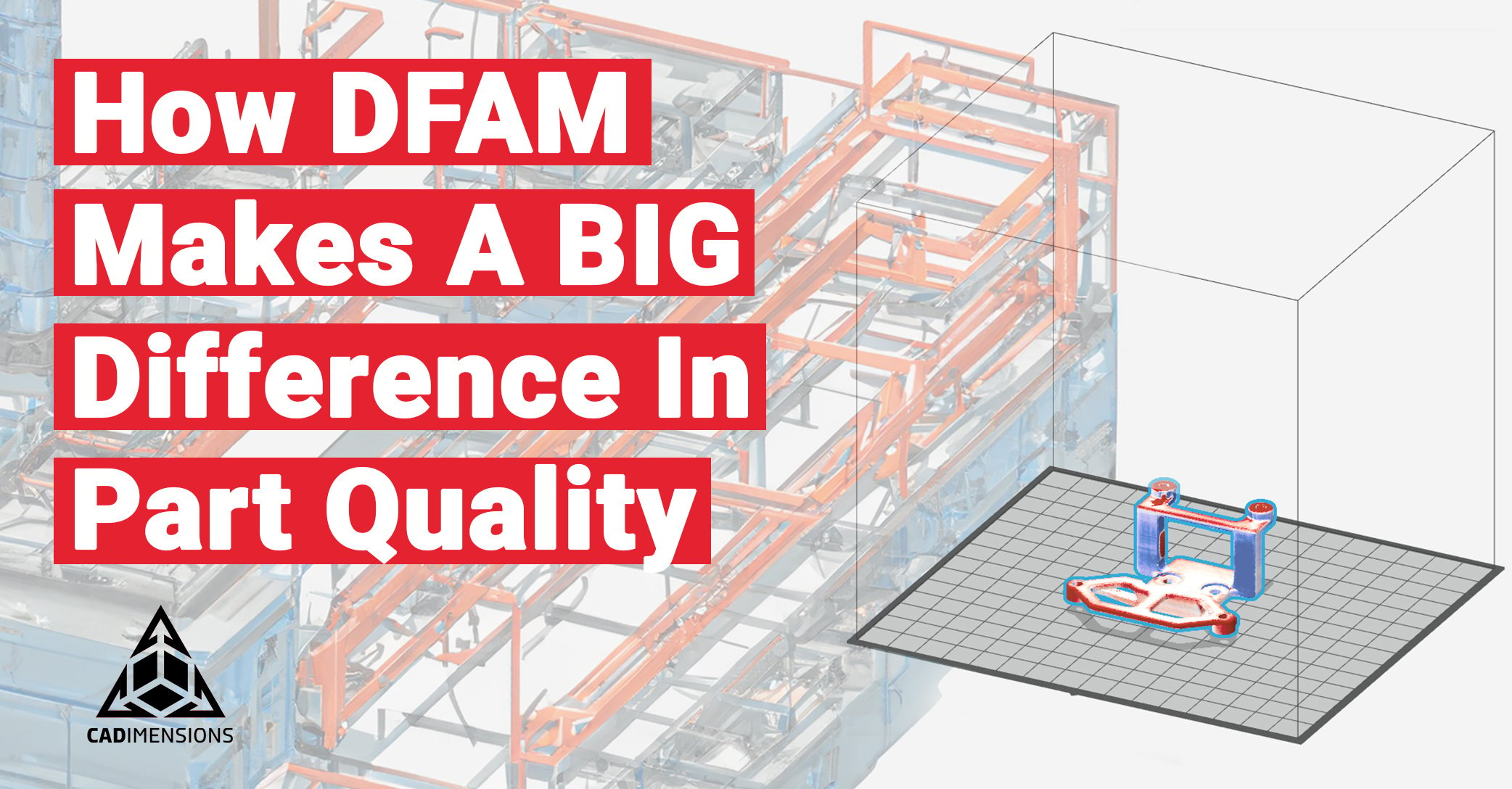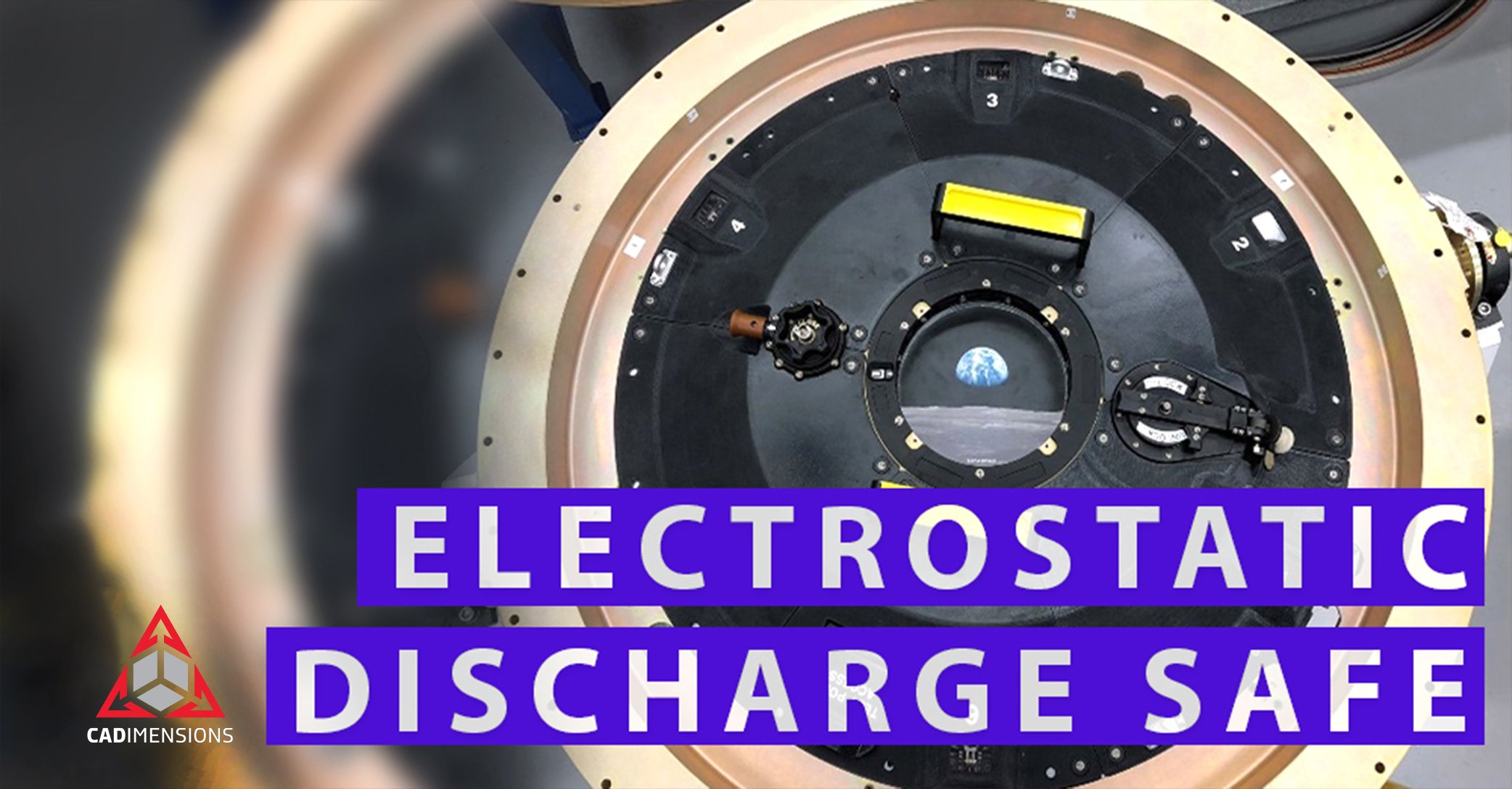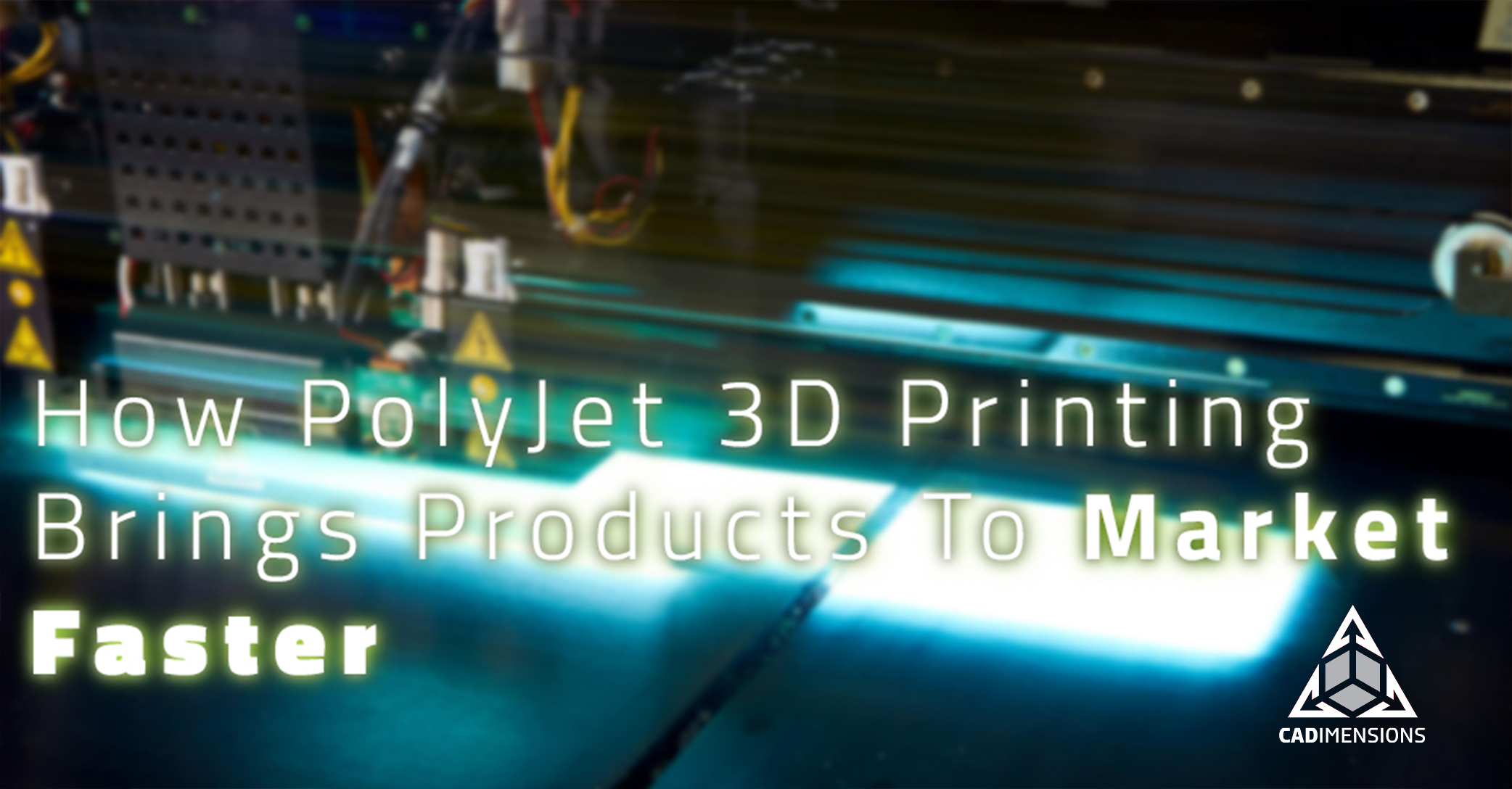Simplifying the Core Concepts of Design for Additive Manufacturing (DfAM)
Design for Additive Manufacturing (DfAM) is an advanced process that empowers manufacturers to develop highly customized solutions. Unlike traditional design methods, DfAM requires extensive collaboration and is inherently iterative. Rather than merely sending a drawing to print, it involves the active participation of machine operators and technical experts, ensuring the final part embodies collective expertise and innovation.
Where and when should you consider using DfAM?
- For high-volume production
- When conventional design methods fall short
- When it permits streamlining or part consolidation
DfAM principles apply to any industry leveraging additive, but we'll first discuss challenges specifically in electronics manufacturing prior to implementation of DfAM. Then, cover key aspects of DfAM and how it can greatly improve product production in various fields. Are you ready to take your understanding of DfAM to the next level?
An Industry Hurdle DfAM Solved
The electronics manufacturing industry operates at an advanced level, characterized by intricate processes and a myriad of components, among these is the printed circuit board (PCB). PCBs host numerous sensitive parts, requiring extensive research and development, robust supply chain management, and careful resource allocation. Given their importance, the production and testing of PCBs demands meticulous attention to avoid damage incurred during manufacturing or testing. The occurrence of defects upon arrival can lead to significant delays and disrupt the timely delivery of other products. If your business is currently grappling with these challenges, introducing 3D printing technology and the appropriate DfAM techniques into your operations can strengthen part production and drive project efficiency.
Let's Dive into the First Phase of DESIGN
During this initial step, designers leverage the unique capabilities of additive manufacturing technologies to rethink traditional design constraints and unlock new possibilities. This involves iteratively refining the digital design to maximize part performance, minimize material usage, and capitalize on the benefits of additive manufacturing, such as geometric complexity and part consolidation. Design considerations also extend to ensuring manufacturability, including factors like build orientation, support structures, and material properties, to facilitate a smooth transition from digital model to physical part production. With thorough design exploration and optimization, this phase allows engineers to recognize builds that are not only functional but also fully harness the advantages offered by additive manufacturing processes.
Which MATERIALS Make the Most Sense and Why?
This stage involves careful evaluation and choice of materials that best align with the specific requirements and constraints of the intended application. It is essential to research the properties and characteristics of various additive manufacturing materials, such as polymers, metals, ceramics, and composites. When selecting the most suitable materials for the intended application, designers must also consider factors such as -
- mechanical properties
- thermal stability
- chemical resistance
- biocompatibility
- cost-effectiveness
Additionally, the unique capabilities of additive manufacturing processes, such as the ability to print detailed structures and integrate functional features directly into components, influence material selection decisions. By strategically choosing materials tailored for additive manufacturing, designers can maximize part performance, minimize production costs, and introduce new design capabilities that traditional manufacturing methods may not allow.
Interested in learning about electro-static dissipative (ESD) material options? Check out our video for two ESD thermoplastics available on Stratasys FDM 3D printers.
Choosing the Right TECHNOLOGY
Technology selection for DfAM is crucial because it directly impacts the feasibility, efficiency, and quality of the manufacturing process. Different additive manufacturing technologies, such as stereolithography (SLA), selective laser sintering (SLS), selective absorption fusion (SAF) and fused deposition modeling (FDM), offer distinct advantages and limitations. The choice of technology determines factors like material compatibility, resolution, build speed, and the ability to produce complex geometries. Selecting the appropriate technology ensures that the designed parts meet the desired specifications, performance standards, and cost requirements. Moreover, the right technology can boost production workflows, reduce lead times, and enhance the overall innovation potential by enabling the creation of designs that are not feasible with traditional manufacturing methods. Therefore, careful consideration of technology selection is essential to fully leverage the benefits of DfAM and achieve successful project outcomes.
How To Design For Additive Manufacturing: A Primer’
And That’s All For Now – For More, Check Out Our Guide on DfAM with FDM!
By integrating techniques specific to design for additive manufacturing into your processes, you can refine part production, elevate resource allocation, and drive efficiency. The unique capabilities of additive manufacturing, from handling detailed configurations to consolidating parts, offer innovative solutions that traditional methods cannot match. Carefully selecting the right materials and technologies will ensure your designs meet the highest standards of performance and cost-effectiveness. Now is the time to upgrade your manufacturing strategy with DfAM and achieve remarkable project outcomes.


















